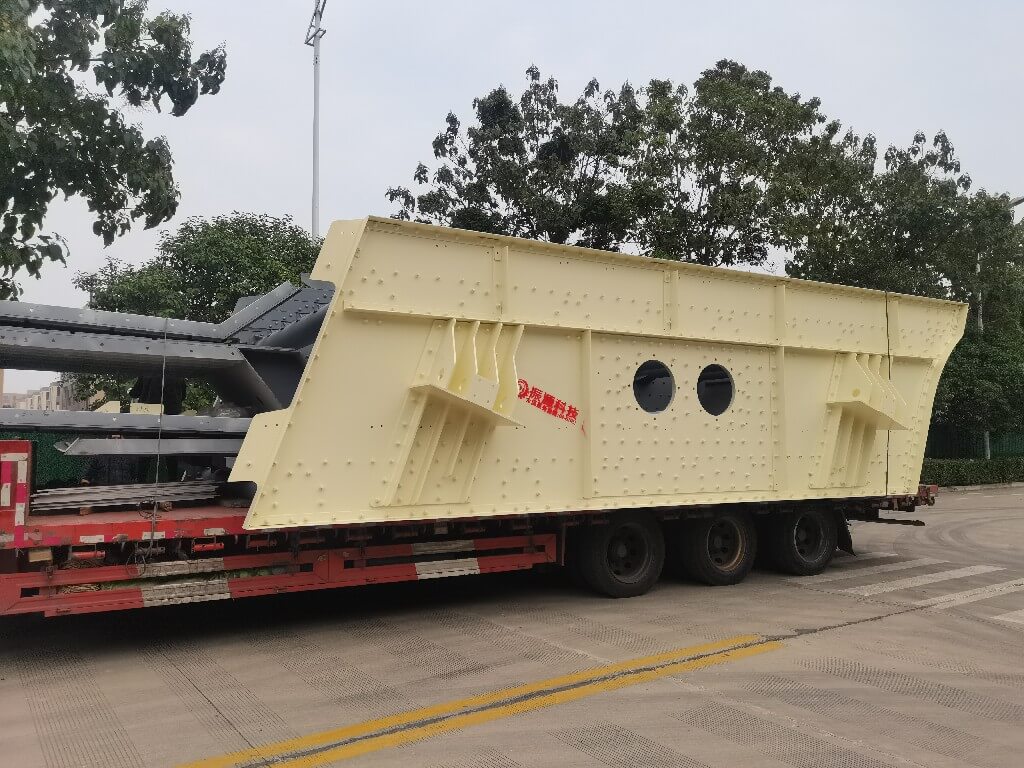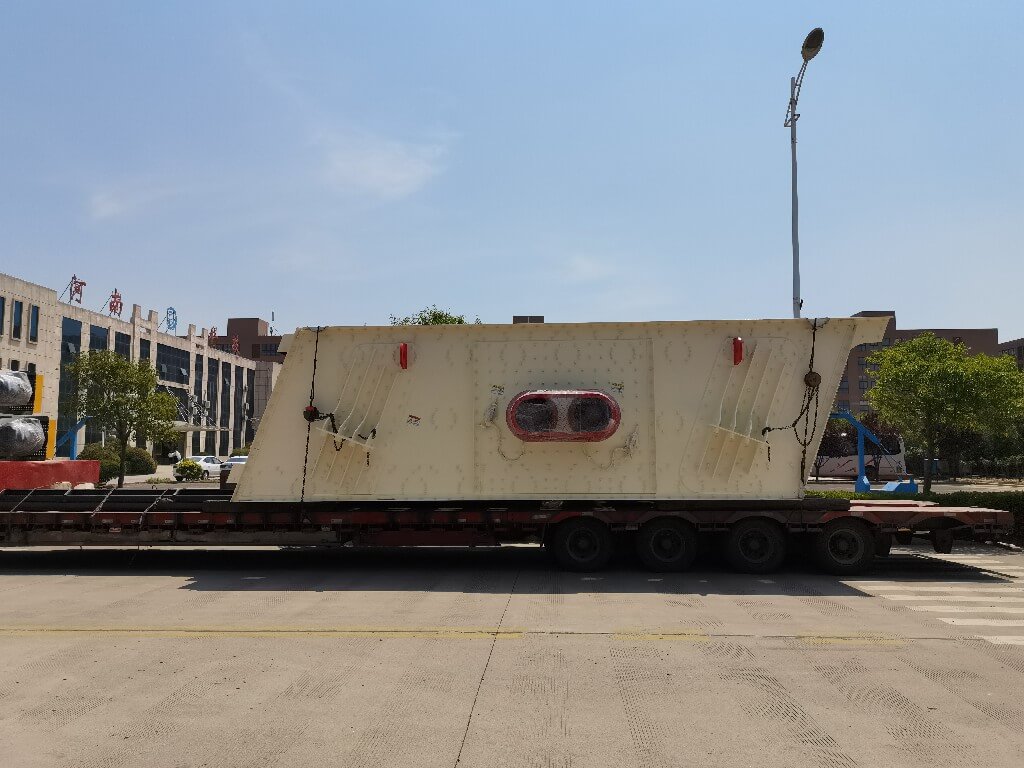In the mining sector, the circular vibrating screen has become a linchpin for maximizing resource yield. Gold operations leverage its precision stratification to recover micron-scale particles from bulk ore, reducing precious metal loss by up to 15% compared to traditional methods. The equipment’s controlled circular motion separates minerals by density and size, efficiently discharging waste rock while boosting recovery rates. This capability is critical as global demand for metals surges—particularly in the Asia-Pacific region, where mining activities drive a $1.2 billion market for vibration screening equipment. Beyond extraction, these screens enhance coal processing for power generation, where particle uniformity ensures optimal combustion efficiency and compliance with environmental standards.
The construction industry’s reliance on circular vibrating screen technology centers on quality control for infrastructure resilience. By delivering aggregates with strict particle distribution (e.g., ISO-certified grading for asphalt), these screens eliminate undersized materials that weaken concrete structures. Innovations like variable elliptical motion (VEVS) now optimize performance: adjusting amplitude along the screen length reduces processing time by 9.4% and increases efficiency to 92.5% for fine materials, even at 6% moisture content. Meanwhile, patent advancements integrate chemical reaction spaces into screen designs, enabling simultaneous dewatering, sorting, and material treatment—slashing steps in waste recycling and chemical processing. Such versatility cements the circular vibrating screen as a multi-industry catalyst, from mineral refining to sustainable construction.



